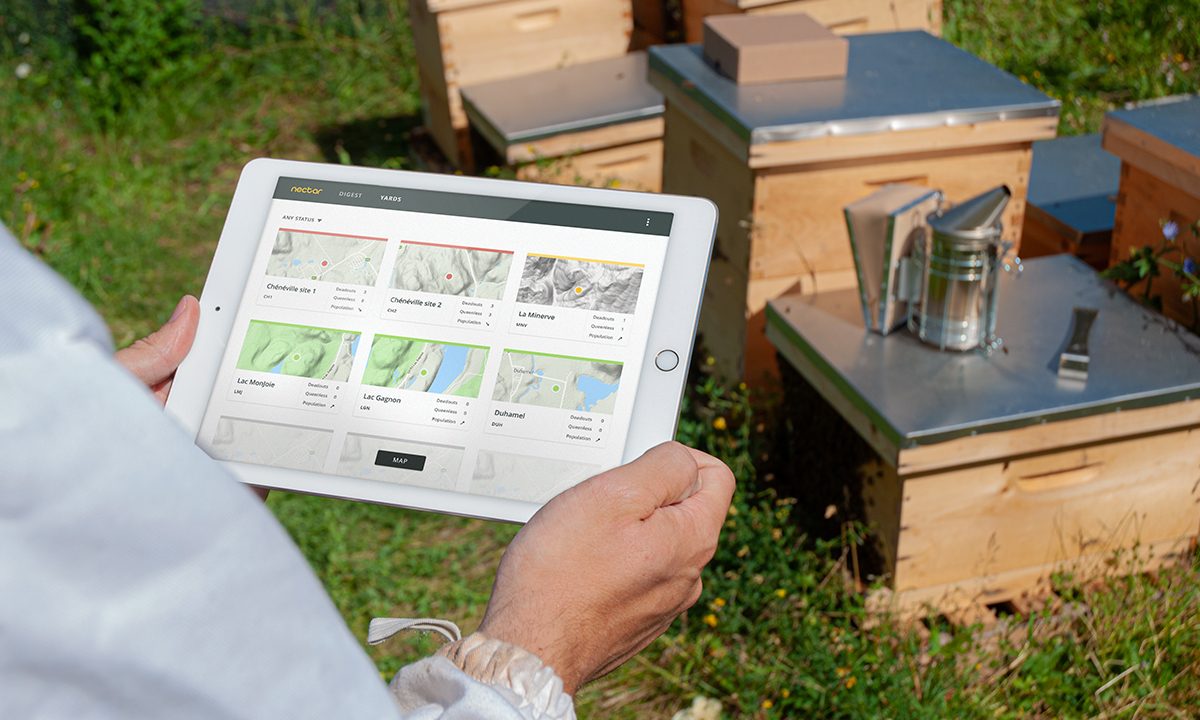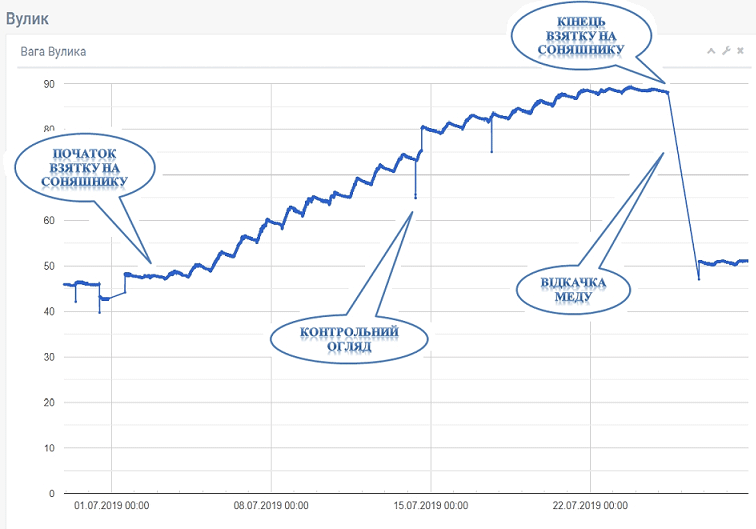Precision beekeeping: Technological methods for modern beekeepers

Introduction
Beekeeping, an ancient craft, has undergone significant changes in recent years due to the introduction of advanced technologies. Precision beekeeping, based on the latest advances in science and electronics, can improve apiary management, increase productivity and maintain the health of bee colonies. In this article we will look at the main technological methods that are used today in precision beekeeping.
Main directions of precision beekeeping
1. Internet of Things (IoT) in beekeeping
IoT technologies make it possible to create smart hives that collect and analyze data on the state of bees and the environment. Such hives are equipped with various sensors and sensors that transmit information to cloud platforms. This allows beekeepers to receive real-time data and make informed decisions.
2. Electronic hive scales
One of the key elements of precision beekeeping is electronic scales that are installed under the hives. They measure the weight of the hive, which allows you to estimate the amount of honey and the activity of the bees. Weight changes may indicate the onset of honey loss or problems with the family.
3. Temperature and humidity sensors
Temperature and humidity inside the hive play an important role in maintaining the health of the bees. Special sensors monitor these parameters and transmit data to beekeepers’ mobile devices. This helps maintain optimal conditions for bee colonies.
4. Acoustic sensors
Acoustic sensors pick up sounds inside the hive, which allows you to analyze the behavior of bees. For example, a change in background sound may indicate swarming or the presence of a queen. This makes it possible to respond to changes in the hive in a timely manner.
5. Cameras and video monitoring
Cameras installed in and around the hives allow you to visually monitor the bees and the condition of the frames. Modern cameras are equipped with night vision and real-time data transmission functions, which makes it easier to monitor the apiary.
6. Geolocation systems
GPS devices allow you to track the location of hives, which is especially useful for nomadic apiaries. This helps prevent theft of hives and control their movement.


Benefits of precision beekeeping
1. Increased Productivity
Precision beekeeping allows you to optimize honey collection processes, which leads to increased honey production.
2. Improving bee health
Constant monitoring of the condition of the hives helps to detect diseases in time and take measures to treat them.
3. Cost reduction
Automation of processes and reduction of losses allow beekeepers to reduce the cost of maintaining an apiary.
4. Convenience and time saving
Beekeepers can manage their apiary remotely, receiving data on their devices and quickly responding to changes.
Examples of the use of technology in precision beekeeping
Flow Hive
Hives with the Flow Hive system allow you to collect honey without dismantling the hive, which reduces stress for the bees and simplifies the honey collection process.
BeeHero
This platform combines data from various sensors and analyzes it using artificial intelligence, providing beekeepers with recommendations for apiary management.
ApisProtect
Regular monitoring of the condition of the hives helps to detect diseases in time and take measures to prevent them.
Process optimization
Bee health monitoring system that uses sensors and machine learning to assess the condition of bee colonies and predict problems.

Conclusion
Precision beekeeping opens up new horizons for beekeepers, allowing the use of modern technologies to improve apiary management. The integration of IoT, sensors, cameras and analytics platforms makes beekeeping more efficient and sustainable. Adopting these technologies requires investment, but they pay off in the long term through increased productivity, reduced costs and improved colony health. The future of beekeeping lies in precision methods, and those who use them gain a significant competitive advantage.